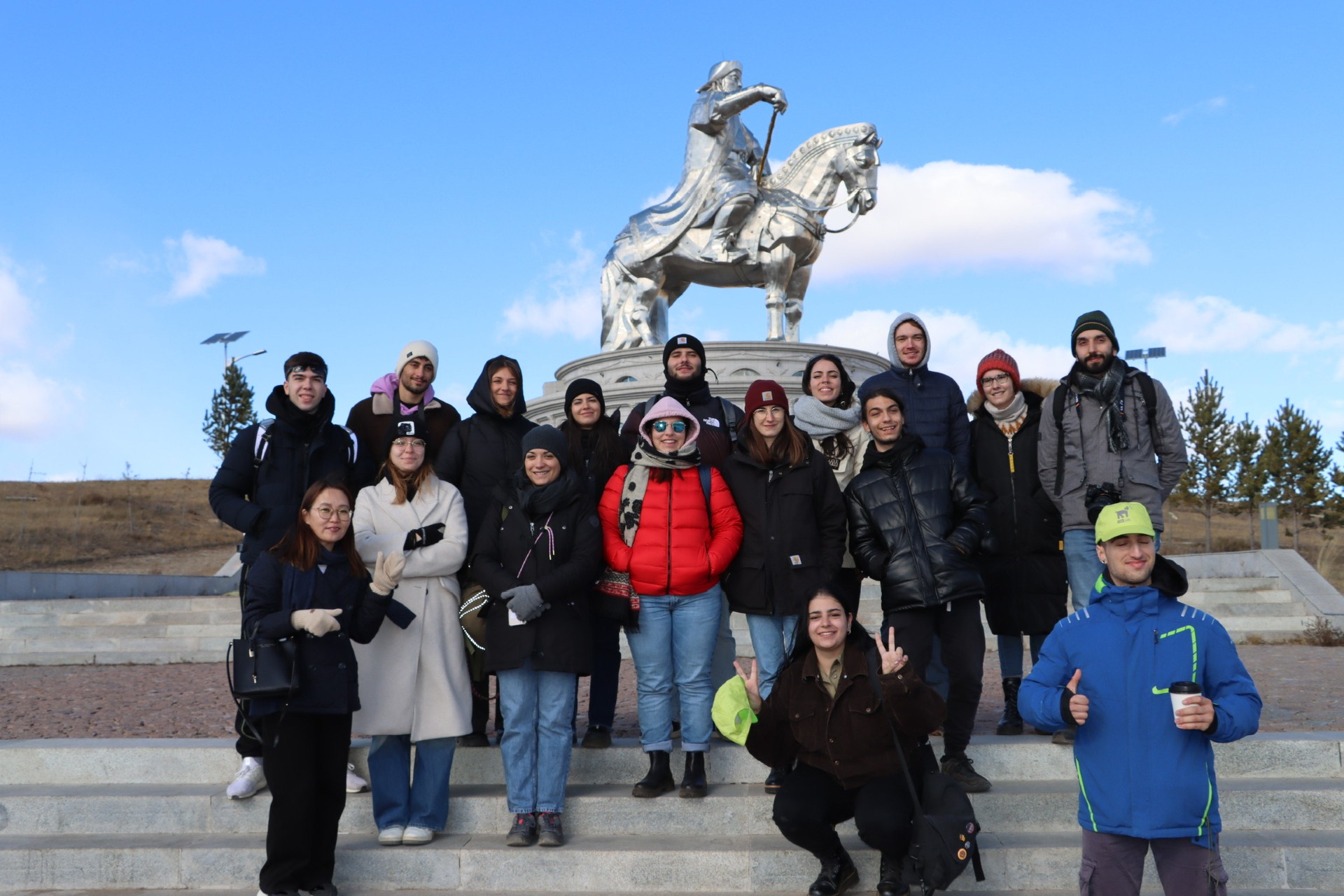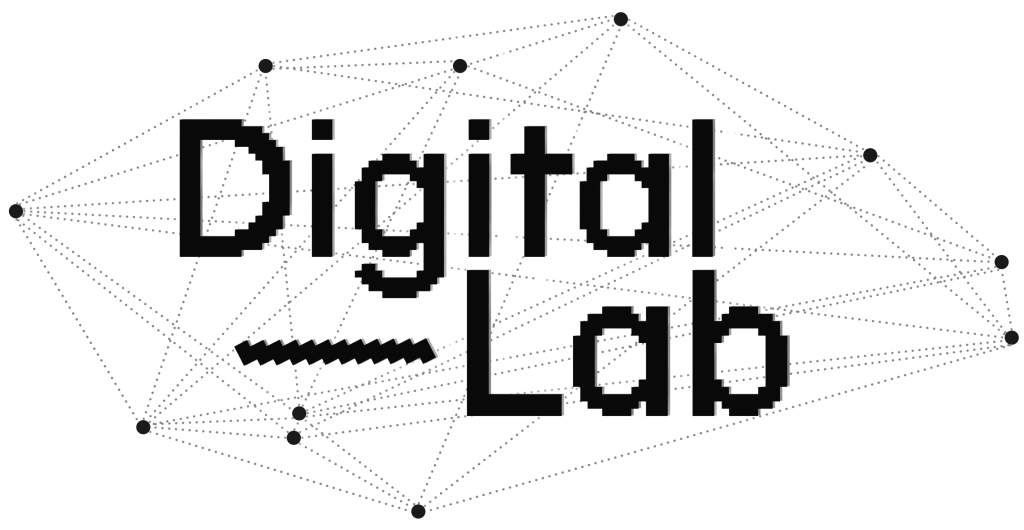Digital methods in the humanities and archaeology are changing the way we engage with the past, making it more accessible and interactive for a broader audience. The digitization of archaeological objects and their display in 3D viewers is becoming more and more common. However, beyond creating 3D models, a crucial challenge remains: how do we contextualise these objects within their historical, cultural and functional frameworks?
Digitizing Xiongnu Pottery at the National University of Mongolia
As part of the ARTEST project, which focuses on enhancing Digital Humanities education in Mongolia, I had the opportunity to participate in an Erasmus+ student exchange program at the National University of Mongolia (NUM). Over two weeks, students from different European partner universities and with diverse academic backgrounds collaborated at different Mongolian universities to develop mini-projects that would later be integrated into the ARTEST Digital Lab.

My mini-project focused on the digitization of archaeological artifacts from the NUM’s Archaeology Lab collection. Most of these objects were pottery vessels from the Xiongnu period- recognized as the first nomadic state and precursor to the Mongolian Empire of Genghis khan.
From Physical Objects to 3D Models
The first step of the workflow was to gather contextual information about the artifacts. To do so, Prof. Jargalan gave us an introduction to Mongolian archaeology and NUM’s collection. Furthermore, the staff from the Archaeology Lab provided us with an Excel file containing essential metadata such as excavation dates, descriptions and period classifications.

This was very helpful to have a basis understanding of the collection we wanted to digitize. However, we faced some challenges at this point:
- Translation- The dataset was in Mongolian, so it required careful translation and interpretation.
- Object Identification- Some artifacts lacked references or identification numbers, making it difficult to establish their archaeological context.
Once we had this preliminary information, we moved on to the digitization process, using the equipment from the physical lab of NUM acquired through the ARTEST project. Our setup included:
- EinScan-SP Desktop 3D Scanner for high precision 3D scans
- Sony ILCE-7M3 camera for photogrammetry-based Structure from Motion (SfM)
- Tripod, turntable, scales and lightbox for controlled image capture
- 3D printer (provided by NUM’s Electrical Engineering department)
Given the limited time of two weeks, efficiency was prioritized. In this sense, laser scanning proved to be the most straightforward and time-effective method, allowing us to digitize most of the artifacts rapidly. However, one object (a Mongolian clay lamp) was selected as a case study for a comparative analysis between laser scanning and SfM, assessing the strenghts and limitations of each technique.
While the workflow for the 3D digitization using the scan was more automatic, straightforward and fast, photogrammetry enabled us to obtain a 3D model with better texture quality and less size.
From 3D Models to Physical Replicas
Once we digitised part of the collection, we were given the possibility of using a 3D printer to produce a physical model of one of the artifacts. We selected the clay lamp that we have previously used as case study for comparison of the laser scanning and SfM techniques.
The 3D printer, from the NUM’s Electrical Engineering Department, was a Creality 3D printer “Ender-3 V3 KE”, and the software used was “Creality Print 5.1”.
Since the proccesing time for the 3D printing of the clay lamp in real size was too long, we decided to resize it into a smaller version. Nevertheless, the resulting 3D printed model showed a good quality.
At this point of the mini-project, a final challenge needed to be faced:
How can these 3D models and elements of the mini-project be integrated into a coherent and interactive experience, avoiding their decontextualization?!
The Answer: Kompakkt
3D Model of the Mongolian Clay Lamp uploaded into Kompakkt
To connect everything, the Kompakkt 3D annotation tool was used, enabling the visualization, multimodal annotation and contextualization of the 3D models.
The eight 3D models were uploaded into Kompakkt and annotated using the contextual information gathered in a first step. This 3D annotation tool not only enables to freely explore the models in an interactive environment, but its “annotation walkthrough” feature serves as a guided navigation through the 3D model. By following a structured sequence of annotations, users can explore the Mongolian archaeological objects from multiple perspectives, gaining a more comprehensive understanding of its physical features, spatial organization and conservation state. Furthermore, this walkthrough mode enhances spatial awareness, guiding the user through key points of interest (POI) within the model that might not be immediately recognizable in a free-exploration mode.
Comparison of the resulting 3D models from photogrammetry (left) and laser scanning (right)
In addition, a collection with the different artifacts was created within Kompakkt. In this sense, we can work with two different layers of annotations: annotations of the individual 3D models, and annotations within the collection.
A collection, “ARTEST Mini-project NUM” was created in Kompakkt, including the eight models digitized during the Erasmus+ student exchange.
Finally, this ARTEST Erasmus+ student exchange experience at the National University of Mongolia (NUM) showcases the importance of combining digital techniques with storytelling to avoid the decontextualisation of cultural heritage. Beyond simply creating accurate 3D representations, it is essential to embed these models within their historical and cultural frameworks.


Leave a Reply